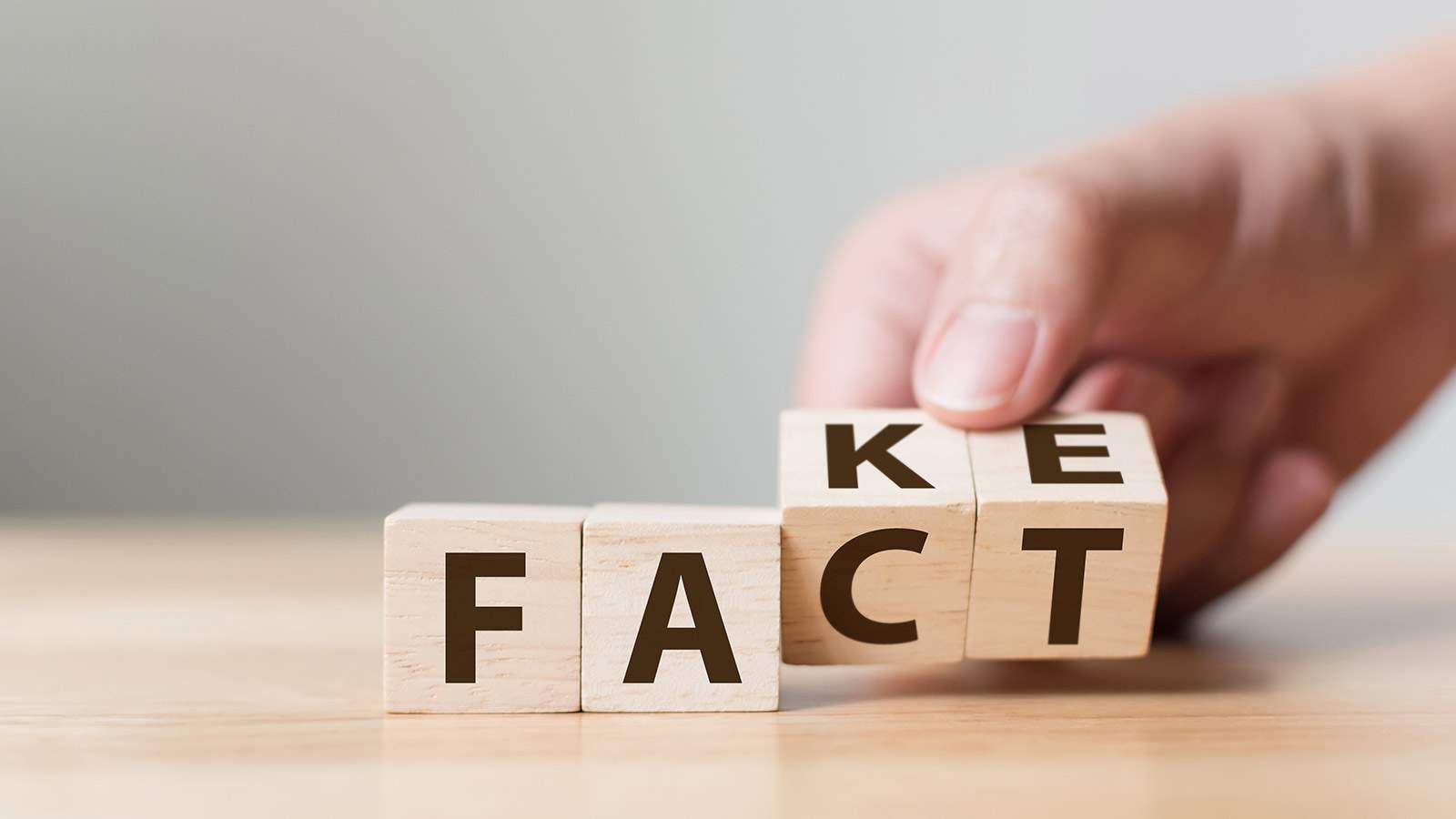On the web and social media, anyone is capable of creating and sharing content that will be manipulated and falsified. Such content is often targeted to a huge audience. Find out what fake news is and how to protect yourself from it.
Disinformation
Disinformation is the deliberate creation and spread of information that is not true. It is primarily aimed at manipulation.
We can speak of disinformation when someone spreads some information with the knowledge that it is not true. In addition, he does it for some specific purpose, such as wanting to influence our political views or certain decisions.
Many people are unable to distinguish whether a piece of information is true or false. We should sift every piece of information through a sieve. A source that we consider verified can also be wrong and fall victim to disinformation.
Fake news
Fake news is part of a broader phenomenon occurring on the Internet, which is the falsification of reality and image.
Fake news is created and disseminated primarily for political or financial reasons. They can also be created for entertainment purposes to, among other things, draw attention to the medium or person promoting them. Fake news is spread not only in social media, but also in traditional media.
How to recognize fake news?
To check the accuracy of the information, and thus verify that it is not fake news, go through the following steps:
- Consider the source. Check the credibility of the source you want to use. Analyze the site you are on.
- Check the sources given in the links. Verify that the sources given in the links exist and that they actually relate to the information.
- Does the site publish information about itself?
- Can you contact the site’s owners?
- Check the credibility of the authors. If the article has an author listed, check the credibility of the author and whether the person is real.
- Headlines can be made deliberately provocative to get people to click, but they don’t have to have much to do with the content of the material. Read the entire text. Don’t judge or make any decision just by reading the headline.
- Check the date of publication. Not all news stories on the web have the date of original publication permanently written on them. It is not always easy to verify the original date of a news item. Try looking for other publications about the event and check the date of the earliest one.
- Check if the information is not a joke. Even if the information sounds credible, keep in mind that it could be a joke or satire. And even more so if it sounds unlikely.
- Beware of your own bias. Consider whether your own biases or beliefs affect the reception of information. Is it yourself, through a certain mindset, that you are not reading information out of a news story that is not really there.

